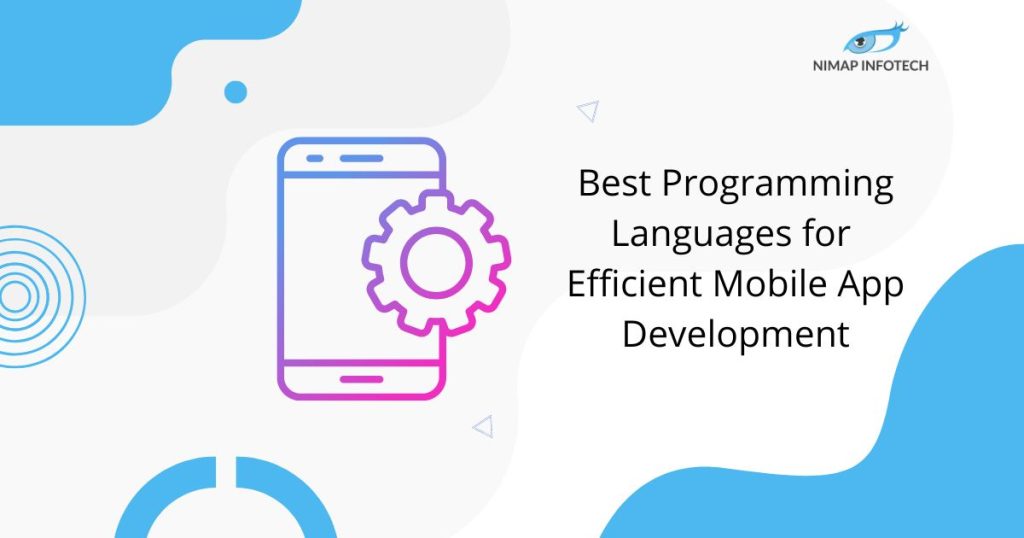Digital Transformation is extensively used, and every company has a unique perspective on it. Industry, size, culture, current technology, and objectives influence a company’s digital transformation journey. This constitutes a multifaceted and ongoing progression that encompasses various strategic initiatives and milestones.
There are several reasons for the increased interest in digital transformation. First of all, technological developments have upended established company paradigms and created new opportunities. With the increased accessibility and scalability of emerging technologies like artificial intelligence, data analytics, cloud computing, and the Internet of Things (IoT), enterprises are better positioned to leverage their transformative potential.
What is Digital Transformation?
Digital transformation involves a variety of strategies and practices geared towards modernizing outdated IT/OT systems, workflows, and business strategies, and integrating new digital technologies into corporate operations.
Centred on prioritizing customer needs, digital transformations aim to leverage digital technology to improve customer relationships.
What is a Digital Transformation Strategy?
“Digital transformation” refers to leveraging digital technologies and solutions to enhance operational procedures, productivity, teamwork, and customer happiness.
A digital transformation strategy is a roadmap for businesses to effectively utilize digital technologies to achieve their goals and enhance their bottom line.
Benefits of Digital Transformation –
DX offers a plethora of benefits to organizations, some of which include:
Improved Customer Experience:
- Companies can improve consumer experience by leveraging digital transformation to offer personalized and valuable services.
- Data analytics enables businesses to understand customer preferences and behaviour, enabling them to customize their products and services to meet specific client needs.
Also Read: Top 10 Digital Transformation Trends to Watch Out in 2022
Enhanced Productivity and Efficiency:
- DX enables businesses to automate repetitive, time-consuming tasks, freeing up staff time for more important, strategic tasks.
- DX makes it easier to cut costs and increase productivity and efficiency.
Opportunity for Growth:
- Digital transformation services enable businesses to gain a competitive edge by enabling swift innovation and adaptability to evolving market conditions.
- Digitizing company operations, policies, and duties is necessary to increase compensation for the work performed.
- Consumers who regularly connect with a business are the reason it maintains them. This could result in opportunities for growth, new revenue streams, and more profitability.
Employee Satisfaction:
- DX can enhance employee satisfaction and engagement by providing the necessary resources and technology for more cooperative and productive work.
Making Better Decisions:
- The digital transformation has made a lot of data accessible to businesses, enabling them to make more informed decisions.
- This includes real-time data and analytics, which may help businesses respond swiftly to changing consumer demands and market situations.
How to Develop a Digital Transformation Strategy in 7 Steps?
A digital transformation strategy is a comprehensive document outlining a series of steps for defining digital projects and evaluating corporate objectives. Consult the subsequent stages to formulate your digital transformation strategy.
Stage 1: Assess Your Business:
Your company’s current situation and your future goals will determine the course of your digital transformation.
Give your present company procedures, workflows, and processes a very close inspection. Be thorough in your assessment. This evaluation should address your
- Long-term objectives and bottom line
- Key performance indicators (KPIs)
- Growth opportunities
- Market threats and organizational weaknesses
The available resources and assets include personnel, qualifications, infrastructure, and equipment.
Stage 2: Analyze Competitors:
After estimating your company, it’s important to evaluate your market, industry, and speciality, paying close attention to how your rivals are performing.
Inquiries ought to be taken into account.:
- Which trends are now prevalent among the people in my target market?
- What kind of communication and relationships do my clients anticipate?
- What cutting-edge tools and techniques are professionals using in my sector?
You will feel more in control and be able to decide which actions to take and which to avoid if you know what your audience expects from you and what your competitors are doing.
Stage 3: Make Digital Initiative Priority:
The resources, ROI, and scope of digital efforts vary. Give each a priority based on:
Think back on their value and highlight the current and future benefits they can provide your business.
How they affect your organization’s procedures
The approximate amount of work required to implement and keep them
To verify the general viability of digital solutions, it is essential to start with simpler digital efforts.
Stage 4: Formulate Resource Plan & Budget:
Every digital project has a specific roadmap, resources needed, and metrics for monitoring results in a digital transformation delivery plan.
A budget strategy is crucial for successful digital transformation initiatives, considering anticipated delays, obstacles, and future technology that may render current expenditures obsolete.
Stage 5: Get Your Team on Board:
Designate someone to oversee these projects and ensure proper adjustment and monitoring of your digital transformation. This might be a member of your team, someone you’ve promoted internally, or an outside specialist with business-leading digital transformation experience.
This stage often involves the addition of a new position, like Chief Digital Officer (CDO), to the business’s organizational structure.
A CDO should be created to oversee the implementation of digital solutions, and all department personnel should be aware of the digital transition.
Stage 6: Retain Employees:
The potential impact of the digital revolution on jobs and daily operations may cause employees to feel uneasy.
Offer training and education to employees, allowing them to adapt to new tasks and gain support, thereby improving team satisfaction, efficiency, and retention rates.
Stage 7: Nurture a Culture of Innovation:
After training staff on digital procedures, encourage creativity and experimentation with different technologies to determine the most effective ones for increased productivity and outcomes.
Ultimately, embracing digital processes introduces fresh opportunities for gaining valuable analytics and data insights. Data should be the starting point for IT digital transformation and subsequent processes to support decision-making and justify experimentation in a creatively infused environment.
Types of Digital Transformation –
A digital transformation cannot be completed with a single change. It is necessary to handle these four types of change, which are as follows:
Process Transformation:
The focus on integrating technologies to update company operations is evident here. The objectives aim to reduce expenses, increase efficiency, and improve experiences for existing and potential customers. The potential for process transformation to foster organizational growth makes it significant.
Technologies like data analytics, IoT, AI, and machine learning offer numerous opportunities to revolutionize operations and change the way businesses function. Process transformation has been employed by various companies, including Domino’s Pizza and Airbus. Domino’s Pizza has introduced Domino’s Anyware, enabling users to place orders from any device.
Business Model Transformation:
Completely rethinking traditional organizational paradigms is a more important way to disrupt the market. To be at the forefront of their industry, businesses must take the lead in adopting these improvements. Focusing on business model transformation helps organizations remain robust and relevant as technologies constantly alter the delivery of goods and services.
Domain Transformation:
Innovative technologies can revolutionize industries by transforming goods and services, blurring industry boundaries, and introducing new, non-conventional competitors.
New technology can provide untapped benefits to your organization in ways that are currently unattainable.
One of the best examples of a domain transfer is Amazon. With the introduction of Amazon Web Services, the biggest online retailer, Amazon, entered a new market niche. Entering the retail industry, Amazon relies on its robust digital capabilities, strong relationships with emerging businesses, and increasing dependence on computer services.
Cultural Transformation:
For success in Agile workflow, all staff, from top to bottom, must adapt mindsets, competencies, and processes.
Companies that shift their focus from equipment to data analytics are the best instances of cultural change. Experian, a consumer credit organization, is a prime example of success. The company has effectively incorporated agile development and teamwork. This organizational shift from equipment to a greater reliance on data testing was the cause of the expansion.
Four Technologies for Digital Transformation –
Artificial Intelligence:
- AI-driven solutions like chatbots and predictive text are crucial for business growth, offering process automation, predictive maintenance, and personalized user experiences.
Internet of Things:
- IoT systems like Amazon Alexa enable process automation by connecting various equipment and gadgets to humans via the internet.
- Businesses may enhance their current goods and optimize workflows with the help of IoT.
Cloud Computing:
- Cloud-based apps and hosting like Google Drive, Office 365, and Slack provide scalability and flexibility, enabling companies to achieve their short- and long-term business objectives.
AR and VR:
- Augmented Reality and Virtual Reality companies utilize these technologies for immersive experiences, providing 360-degree walkthroughs, training simulations, customer engagement, and collaboration tools for clients.
- Businesses must undergo a digital revolution to succeed in the present digital ecosystem.
- By adopting and utilizing digital technology, businesses can boost output, enhance customer satisfaction, and develop their ability to make decisions.
Read More: SaaS Application Development: A Comprehensive Guide to Challenges and Solutions
Companies must create a strategic plan, assess resources, prioritize tasks, establish the right team, leverage technology, and monitor progress to capitalize on growth opportunities and manage the DX process effectively.
With this, you may benefit from using the services of some of the top digital transformation companies.








































